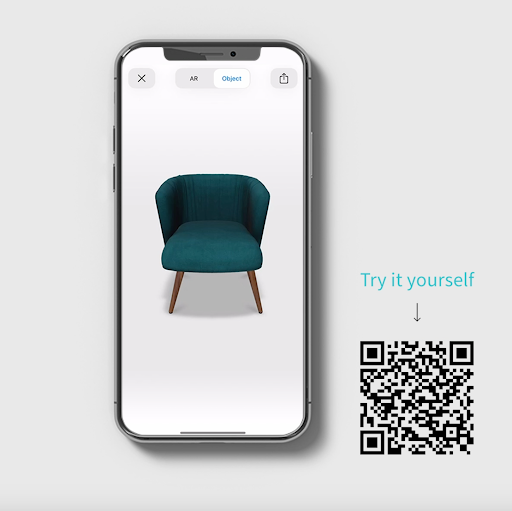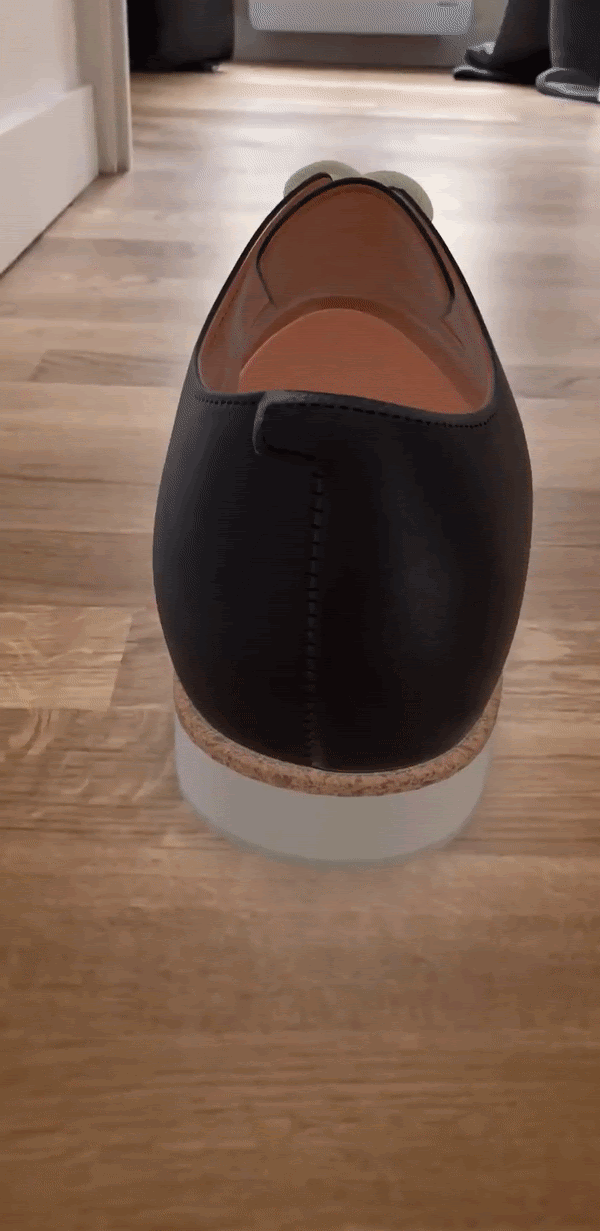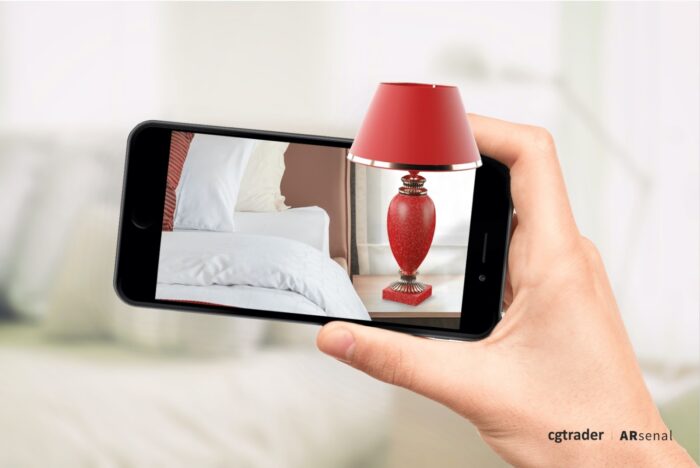Today, we have access to Augmented Reality (AR) technology that would have been unthinkable only a decade or two ago. And because of the challenges presented by COVID-19, AR has become an increasingly common way for businesses to connect with employees and consumers. It is also making inroads into the entertainment industry, providing immersive experiences unlike anything previously possible. And those are only some of the most common uses for AR.
Perhaps the most startling thing about AR is how much room there is for growth. When compared to many other pervasive technologies, AR is still in its infancy. Only time will tell all the applications that AR will be used for in businesses, entertainment venues, organizations, and even private homes.
But that does not mean we cannot look at current trends and make some reasonable predictions about what 2021 will hold for AR. Based on the way things have been moving, you can be confident that these seven trends will be major talking points for e-commerce retailers over the next year.
1. AR Indoor Navigation
One of the most exciting ways that we will see AR used in the next year is with AR indoor navigation. Several major businesses and organizations have already begun implementing this technology into their smartphone apps thanks to Apple’s ARKit and Google’s ARCore. AR indoor navigation allows app users to place a layer of visual information on top of a real-world image that is on the screen of their tablet or smartphone. This can be utilized in a wide variety of ways, including within homes, hospitals, museums, airports, and more. Because of its wide-ranging uses, investment into AR indoor navigation has shown no signs of slowing down through the rest of 2020 and well into 2021.
2. Increasing Use of Mobile AR
IKEA has pioneered the use of mobile AR for allowing customers to visualize products in their living space. Many other retail companies, including the furniture design brand Fatboy, have noted the power of this technology and followed suit, offering their own apps that allow consumers to place 3D product models created by companies like CGTrader into a digital representation of the consumer’s home. All signs indicate that these kinds of apps will only increase in number throughout 2021.
3. AR Remote Assistance
One of the most promising applications of AR technology is for remote assistance. An AR-enabled live video feed can be combined with CG models to allow support technicians exactly how to fix devices, assemble furniture, or perform other mechanical tasks. Rather than simply explaining these processes over the phone, AR remote assistance lets customers see exactly how it’s done in real time. Most experts are expecting AR remote assistance to make a huge splash in 2021, especially if COVID-19 continues to keep people housebound.
4. More Marketing with AR
The marketing and advertising industries have been growing exponentially over the past several years. But they’ll only continue to grow if they can keep up with the fast pace of technological changes. One of the ways that marketers expect to connect with consumers better over the next year is via AR technologies. AR allows customers to try on digital clothes, put furniture models directly in a digital representation of their home, and more. It’s currently expected that investments in AR marketing will increase by almost 30 times over the next several years. Businesses that specialize in developing quality 3D models for AR applications will become increasingly important to marketing companies that are looking for innovative ways to connect with consumers.

5. Increasing Use of AR in the Fashion Industry
Over the past year, AR technology has become increasingly fashionable — in more ways than one. The fashion industry has taken notice of the ways that AR applications can empower consumers to “try on” new clothes or shoes without ever leaving their homes. Rollie Nation is just one of the businesses that has increased website sales by leveraging the power of 3D models created by 3D modeling company, CGTrader. After implementing 3D and Augmented Reality on their product page, Rollie Nation experienced a 26% increase in total orders in the last quarter compared to the previous year.

6. A Growing AR Awareness
As we’ve already noted, AR is still a relatively new technology. A majority of people have never used it to try on a new shirt or see how a couch would look in their living room. But that is destined to change over the next year. Right now, 70-75% of those aged 16-44 are aware of AR and willing to try it out if given a chance. That number has exploded in the past year and we have every reason to believe that 2021 will see it continue to climb even higher.

7. A Rapid Rise in AR Engagement
AR awareness isn’t the only thing that will increase during 2021. We will also see a steep rise in the number of people who are participating in AR experiences. AR engagement is expected to be up nearly 20% since the beginning of 2020. And retailers will do everything they can to push that number further up since conversion rates have been shown to increase by up to 90% for customers who have engaged with a product via AR. In addition, AR experiences receive almost 50% higher engagement than TV — and it is only growing.
Conclusion
In many ways, 2020 has been the year when AR finally broke into the mainstream. Well-known companies like IKEA have brought AR experiences into our bedrooms and kitchens. More businesses than ever are leveraging AR for their marketing campaigns. And all of that effort seems to be paying off since awareness and engagement are up and increasing.
As more businesses and organizations notice these trends, you can be sure that they will be beginning their own experiments into the technology. If 2020 was the year that AR became mainstream, 2021 looks to be the year that it takes over marketing, customer service, sales, and more.
Find a Home-Based Business to Start-Up >>> Hundreds of Business Listings.
















































